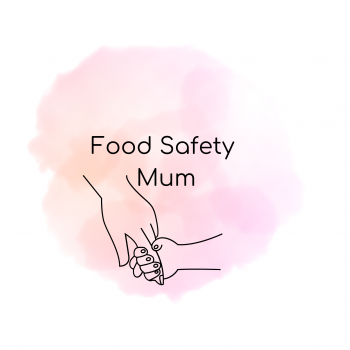Food allergies: How to make safe choices
The correct information is key to safe choices
Food is a universal bond that unites people, a source of joy, comfort, love, and connection that brings us closer.
We gather around tables to celebrate, share, and nourish ourselves with meals. Sometimes simple meals, other times more ‘interesting’ and complex. For many, food is one of life’s greatest pleasures, a daily habit that enriches our lives in countless ways.
But for millions of people, food has a different meaning; for them, it involves safety, caution, and sometimes fear. For those living with food allergies, what unites and sustains us can be a serious threat. Every bite has the potential to cause a dangerous, even life-threatening, reaction.
In a world where food is a daily necessity and source of joy, life with a food allergy requires constant vigilance, careful planning, and acceptance of the need for a different way of life.
Let’s take a look at what food allergies are and how one can protect themselves.

Food Allergies
Food allergies are an abnormal immune system response to a substance in a food, usually, but not always, a protein. The body mistakenly reacts to this substance, which is otherwise perfectly safe, and produces antibodies to fight it. This reaction can result in various symptoms, which can vary from person to person. These symptoms can be mild, such as a simple itch, or in the worst cases, lead to anaphylactic shock, which can be fatal.
Other Food Sensitivities
Unlike food allergies, food intolerances and sensitivities are related to the digestive system, rather than the immune system. Although they are less dangerous, they still significantly impact quality of life to those suffering from intolerances.
In the case of food intolerances, symptoms mainly involve stomach discomfort, which may be accompanied by headaches and lethargy.
At this point, it is also worth noting certain conditions linked to food consumption, such as celiac disease, a chronic, hereditary, autoimmune condition. People with celiac disease suffer when consuming gluten, a protein found in grains. The result of this autoimmune reaction is the progressive destruction of the lining of the small intestine, leading to poor absorption of nutrients and subsequent conditions like iron-deficiency anaemia, osteoporosis, and others.
Unfortunately, there is no cure for food allergies, intolerances, or celiac disease. The only way to manage them is through complete avoidance, or restriction if it is an intolerance, of specific foods and their exclusion from the diet of the person suffering from food allergies.
How to Protect Ourselves from Allergies
Given the risks posed by food allergies, it is essential to have clear and detailed information about the foods we consume.This information is not only important for those with food allergies, but also for anyone who wishes to make safer and more informed food choices.
Legal Framework
In its effort to protect consumers and help them make informed food choices, the European Union, has established regulations regarding the provision of food information.
According to legislation, both packaged and non-packaged products (such as those sold loose or in restaurants) must provide information about allergenic substances to the consumer.
The mandatory labelling for allergens covers fourteen (14) ingredients, which must be declared in the final product.
These ingredients include: cereals containing gluten (wheat, barley, oats, rye), crustaceans (such as shrimp, lobster), eggs, fish, peanuts, soy, milk, nuts (almonds, hazelnuts, walnuts, cashews, pecans, Brazil nuts, pistachios, macadamias), celery, mustard, sesame seeds, sulphur dioxide and sulphites in concentrations greater than 10 mg/Kg, lupin, and molluscs.
Of course allergies are not limited to these substances, as there could be an allergy to any substance, so providing information about what each food contains, not just allergens, is important.
Management and Proper Information
The issue of correct information regarding allergens concerns everyone, both food producers and consumers. Producers must initially comply with the legislation, take the necessary measures, and provide the correct information to consumers.
In packaged foods, the product label provides a lot of information about the food, as it follows legal guidelines. The allergens are clearly listed on the labels of packaged foods, with different font styles, often bold or capitalised, so they stand out from the other ingredients.
For non-packaged foods, such as in restaurants, bakeries, or pastry shops, the information about the food’s contents must be available to consumers before they place their orders or purchase the food. This obligation also applies to food sales at a distance (online or phone orders).
Consumers must be informed and always ask about the contents of the food they purchase. Effective communication is key to reducing risks and maintaining the enjoyment of food.
By making informed choices, we can all ensure that food remains a source of joy, comfort, and connection.

Sources:
https://www.eufic.org/en/healthy-living/category/allergy-and-intolerance
https://www.food.gov.uk/safety-hygiene/food-allergy-and-intolerance
https://pullman-ciawi-vimalahills.com/news/food-allergy-vs-food-intolerance-whats-the-difference/

 English
English
 Ελληνικά
Ελληνικά Русский
Русский
 Posted by
Food Safety Mum
Posted by
Food Safety Mum






